This weekend, the heroes of the Marvel Universe descend on Seattle’s Museum of Pop Culture (MoPOP) for a brand new exhibition. Produced by MoPOP, German-based SC Exhibitions, and Marvel Entertainment, the Marvel: Universe of Super-Heroes exhibit offers visitors an in-depth look at the evolution of some of Marvel’s most popular characters, from comics to film and television.
The exhibition is the largest that MoPOP has ever put up – 10,000 square feet spread over two floors of the museum. Over 300 items are on display, including 65 pieces of original art and a few notable single issues. Upon entering the exhibit, a seven-minute video provides the uninitiated a short history of Marvel Comics. Beyond that, a red carpet leads visitors past a brief overview of the history of the comics medium – including some massive original comic strip art – and directly to the first prominently-displayed piece of the exhibit: a copy of Marvel Comics #1 from 1939. On the wall next to the comic is a one of the few pieces of surviving original art from the issue. This is probably the simplest display of the exhibit – the spotlighted comic displayed under glass on a freestanding podium – and it emphasizes the significance of the comic. It’s a striking way to kick off the exhibit.
From there, the displays become more colorful and elaborate. Each ‘section’ largely focuses on an individual character, and begins with a large placard naming the character and describing their conception and history. Each character (or team of characters, in the case of groups like the Fantastic Four or the X-Men) then has a few items on display, from original art to costumes and props from their movies and TV shows. Spider-Man may have the largest number of items on display for a single character, with nearly a dozen pieces of original art featuring the wall-crawler on display – including a page of Steve Ditko art from Amazing Fantasy #15 on loan to the exhibit from the Library of Congress – as well as a copy of Amazing Fantasy #15 itself. A costume from Spider-Man: Homecoming, and a few smaller costume pieces round out the Spider-Man display. Most other characters have one or two pieces of art and a costume or two on display.
The original art, on loan from a handful of sources including collectors and creators, is displayed beautifully. Each piece is spotlighted as one would expect in an art museum, and the pieces are framed and matted with a white matte that really makes the inks pop off the page. Many of the pages on display are yellowed with age, which in my opinion makes them even more striking against the white mattes. The selection of pages on display is not insignificant, either. Nearly every cover or page in the exhibit represents an important moment in the history of the characters, if not in the medium (Several of the pages on display were even on Vulture’s recent list of the 100 most influential comic pages). The exhibit offers a rare up-close opportunity to view art by John Romita, Jack Kirby, Frank Miller, and dozens of other Marvel luminaries. Also of particular note are the original pieces that were commissioned exclusively for the exhibit. They include a gorgeous painting of The Hulk by Steve Rude, a striking image of Jane Foster as Thor by Esad Ribic, and a Runaways piece by Jenny Frison that is displayed as a process piece, from pencils to inks to digital colors.
I went in to the exhibit expecting it to be largely focused on movie props and costumes, so I was pleasantly surprised at how much of the focus of the exhibit was on comics and art. There are a handful of “studio” stations around the exhibit that focus solely on comics as a medium. One “studio” breaks down how a comic is made, from script to finished product, with a sample page from Dan Slott and Mike & Laura Allred’s Silver Surfer run illustrating the process. Another “studio” describes the evolution of comics as a visual medium, using blown-up pages from Frank Miller’s Daredevil run to illustrate the point. Interactive screens throughout the exhibit provide visitors with a deeper dive into the characters and creators whose work is on-display. Seeing film costumes and props is certainly interesting, but the emphasis placed on the characters’ medium of origin within the exhibit makes it more than worthwhile for die-hard comic fans.
Aside from the screens throughout the exhibit, there are a few other interactive elements to the exhibit for visitors to enjoy. Life-sized statues of Spider-Man (hanging upside down, naturally) and Black Panther are available for selfies, as is a very cool full-sized couch on which naps the ever-lovin’ blue-eyed Thing, with space for visitors to snuggle up next to and take pictures with him. There’s also a mock-up of Tony Stark’s lab in the Iron Man ‘section’ of the exhibit, which includes a “Becoming Iron Man” experience that uses motion sensor technology to show visitors on a nearby screen wearing the armor and flying around the lab.
The set-up and presentation of the exhibit itself, designed by studio TK, is as immersive for visitors as possible. Much of the upper level of the exhibit is made up to look like the inside of either an apartment or office building, with windows through to other sections of the exhibit. The Fantastic Four area resembles the inside of an apartment, and screens show heroes sporadically flying past the ‘windows’ of the space. On the lower level of the exhibit, what kicks off as a fairly standard ‘section’ for the X-Men then segues into one of the most visually exciting displays of the exhibit. The Doctor Strange section of the exhibit is a hall of angled mirrors, with cosmic images from the comics projected and reflected in dizzying directions. The artifact portion of the section is somewhat light, with only two costumes and the Eye of Agamotto prop from the movie on display, but the setup is visually spectacular. Displays for more ‘street-level’ characters like Daredevil and Luke Cage hang on what look like alley walls laden with graffiti. The entire exhibit is underscored by dramatic music composed exclusively for the show by Hans Zimmer and Lorne Balfe.
If there’s anything to be disappointed about from this exhibit, it’s the heavy focus on the characters from the Marvel Cinematic Universe at the expense of other equally-important characters. As mentioned earlier, the exhibit is co-produced by Marvel Entertainment, and as such it’s safe to assume that they would have more access to MCU movie artifacts than they would for characters whose rights are held elsewhere. Unfortunately that means that The Fantastic Four is limited to a very small number of pieces – one piece of Jack Kirby original art and a copy of Fantastic Four #1 are on display, along with the previously-mentioned life-sized Thing. No movie memorabilia from any of the four Fantastic Four films are on display. Likewise, the X-Men section of the exhibit is limited to only a few pieces of comic art, with nothing from the over half-dozen X-films or television shows on display. The Fantastic Four’s debut is what kicked off the Marvel Age of Comics, and the X-Men were Marvel’s biggest property for years, so it’s a shame to see them somewhat sidelined due to film rights issues.
The only two non-MCU media items on display as part of the exhibit are the Green Goblin helmet from the first Raimi Spider-Man movie and Reb Brown’s Captain America costume from the TV movies of the late ‘70s on display. It’s the latter piece that I found fascinating. Brown’s costume is the very last piece on display, and it’s completely divorced from any other display items. It’d be easy enough to walk right past as visitors exit the exhibit. It’s as if the exhibit is ashamed of how quaint the faded cloth and leather costume looks compared to the more detailed MCU suits. It also represents a missed opportunity to place the suits side-by-side and show off just how far Marvel has come. I would have loved to see more costumes like that from the various media iterations of Marvel’s characters displayed, and for the one that was on display to be given more prominence.
On the whole, MoPOP’s Marvel: Universe of Super-Heroes exhibit is an incredible achievement, with items of interest for casual fans and Marvel Maniacs alike. The original art on display alone is well worth the price of admission. The exhibit opens to the public this weekend, and runs until January of 2019.


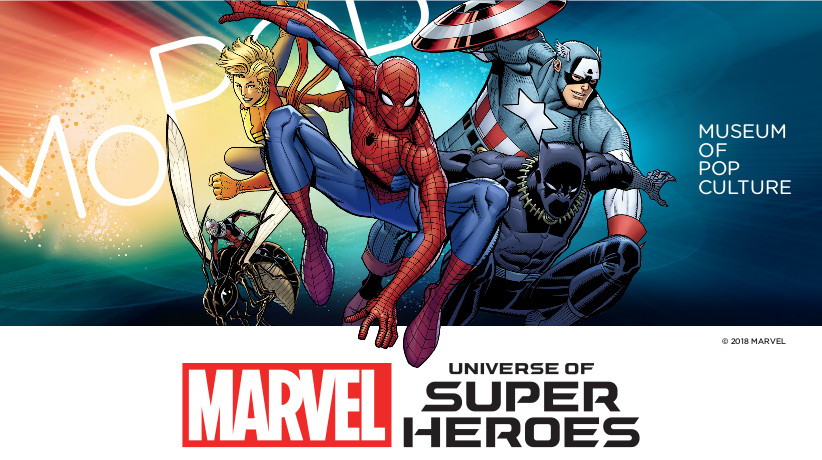
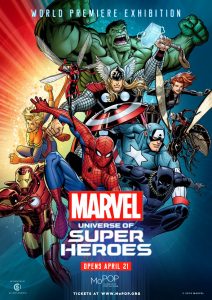
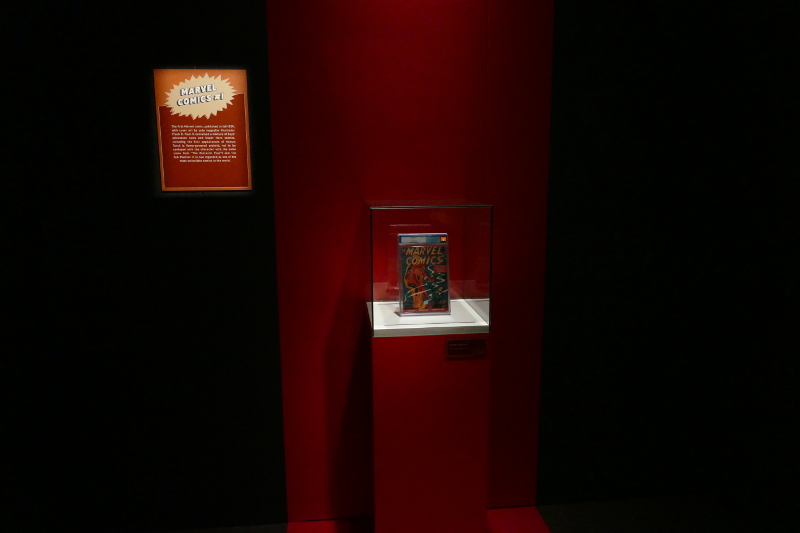
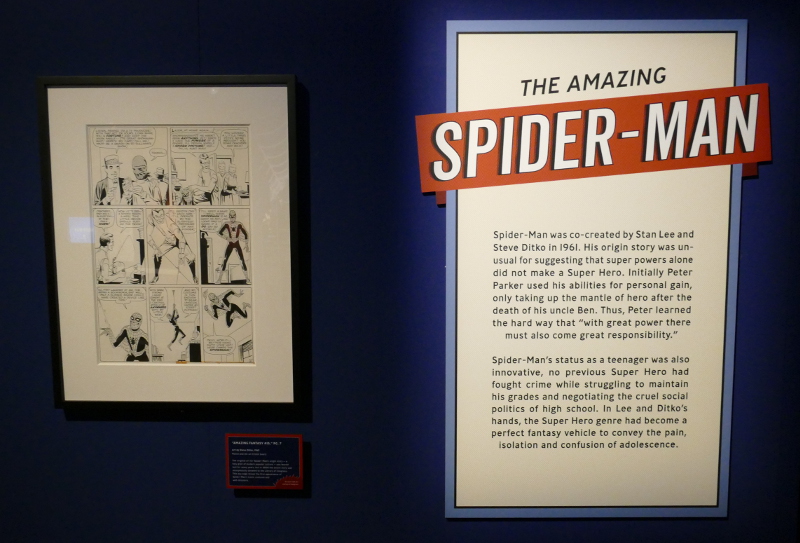
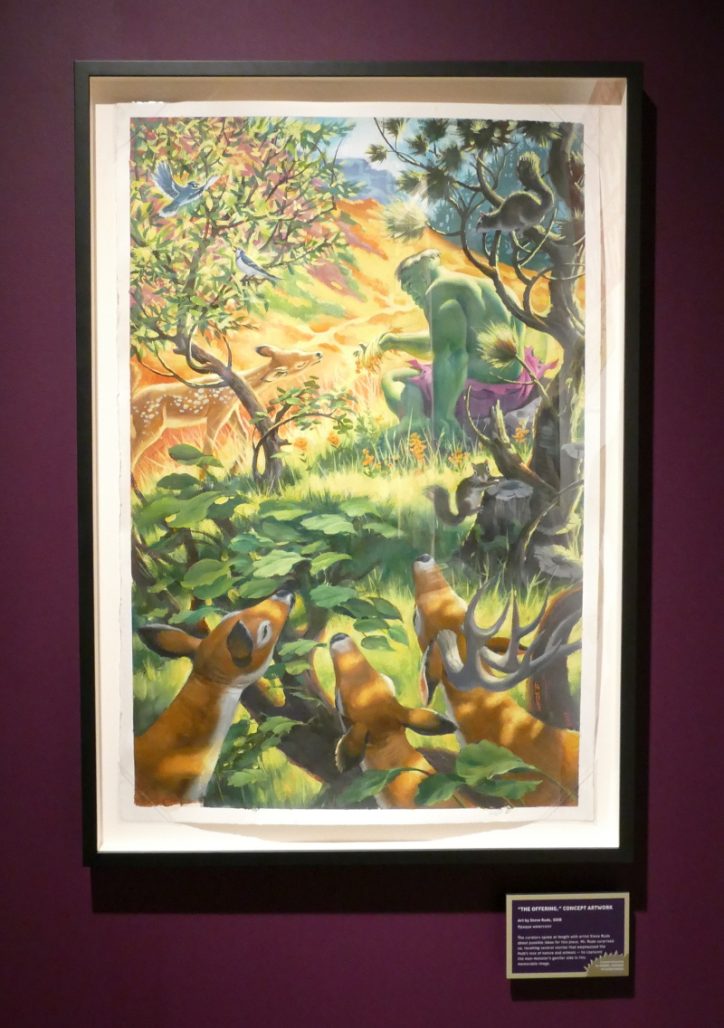
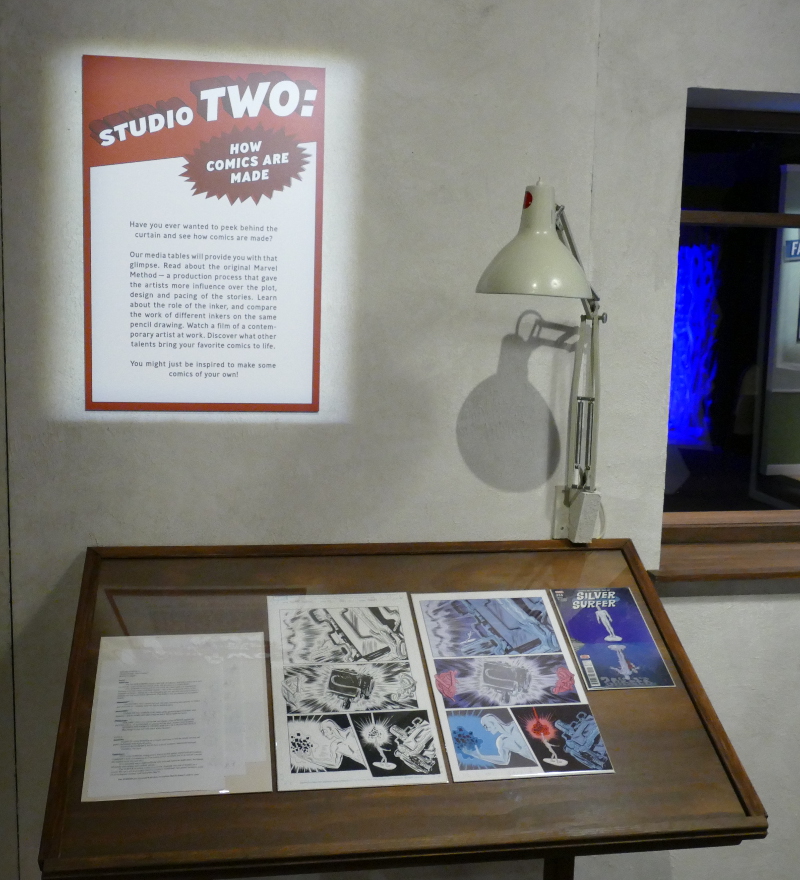
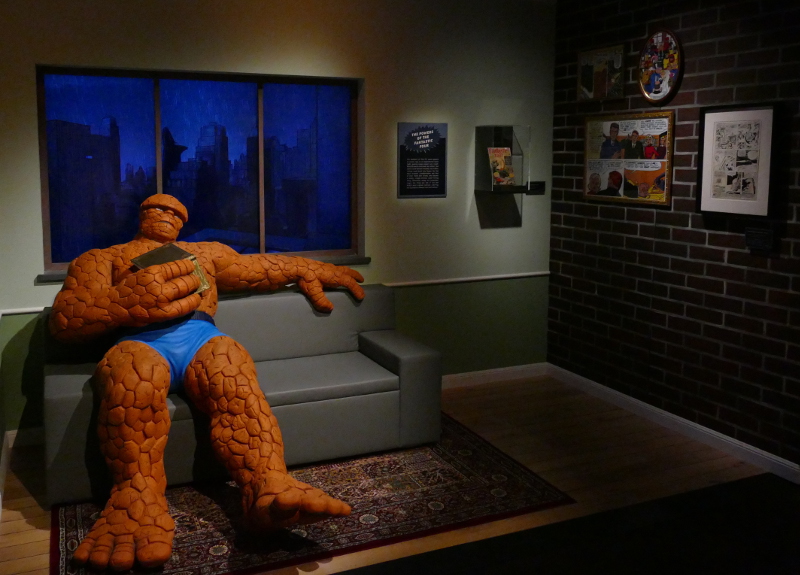
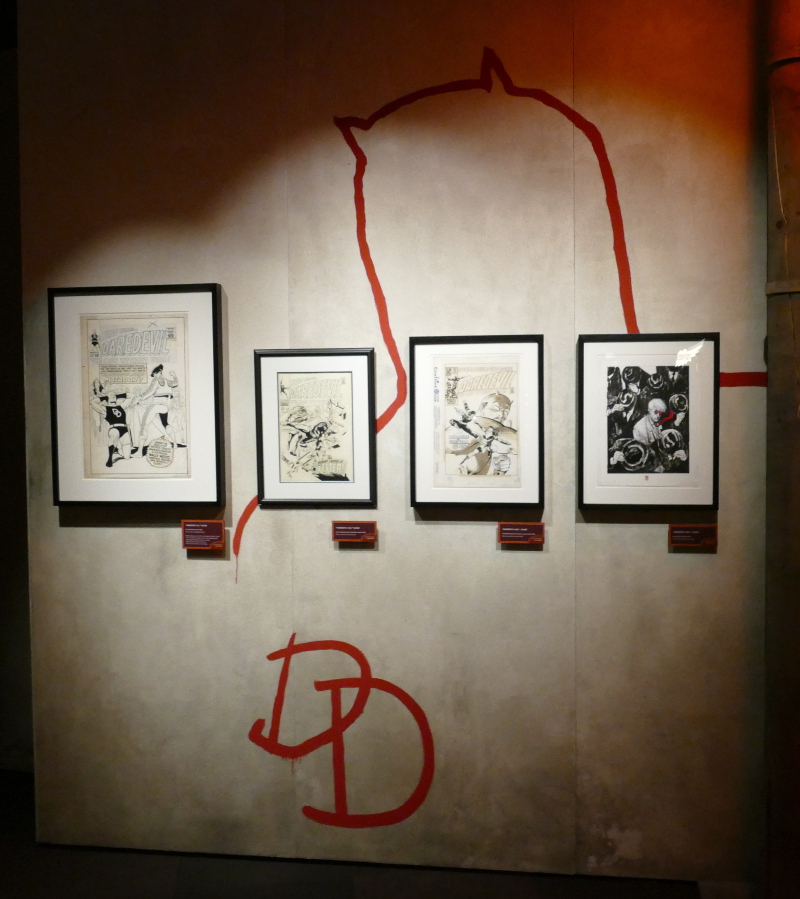
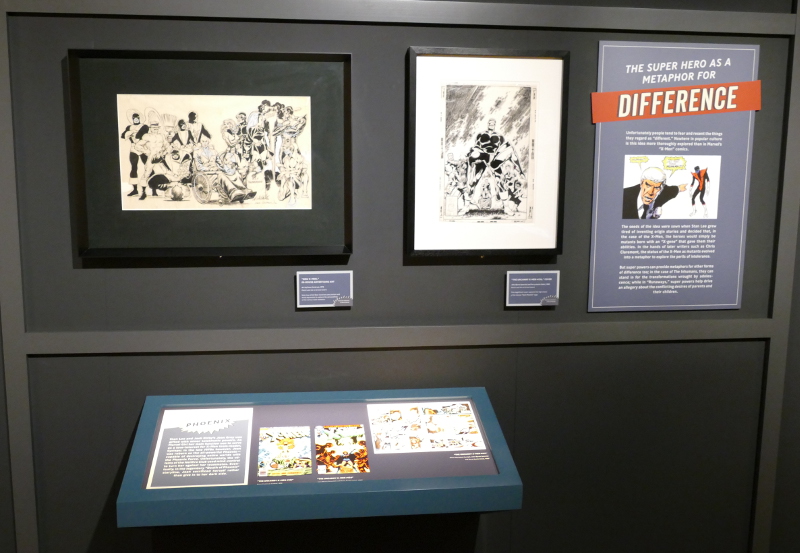
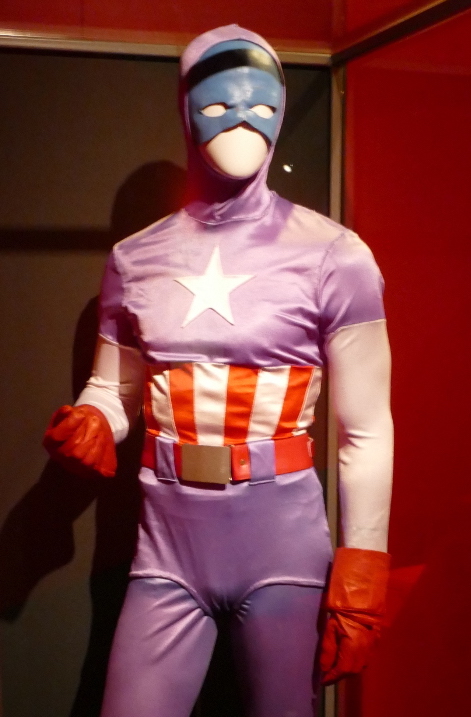
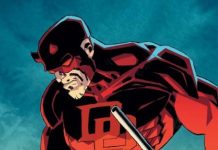
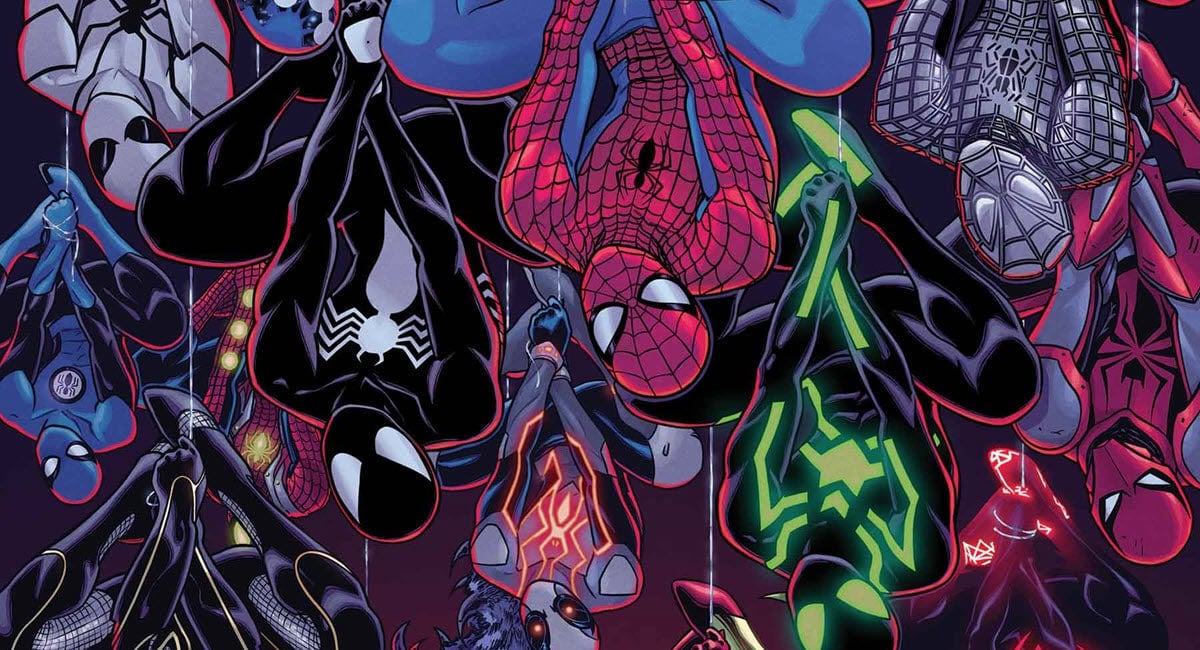



Comments are closed.